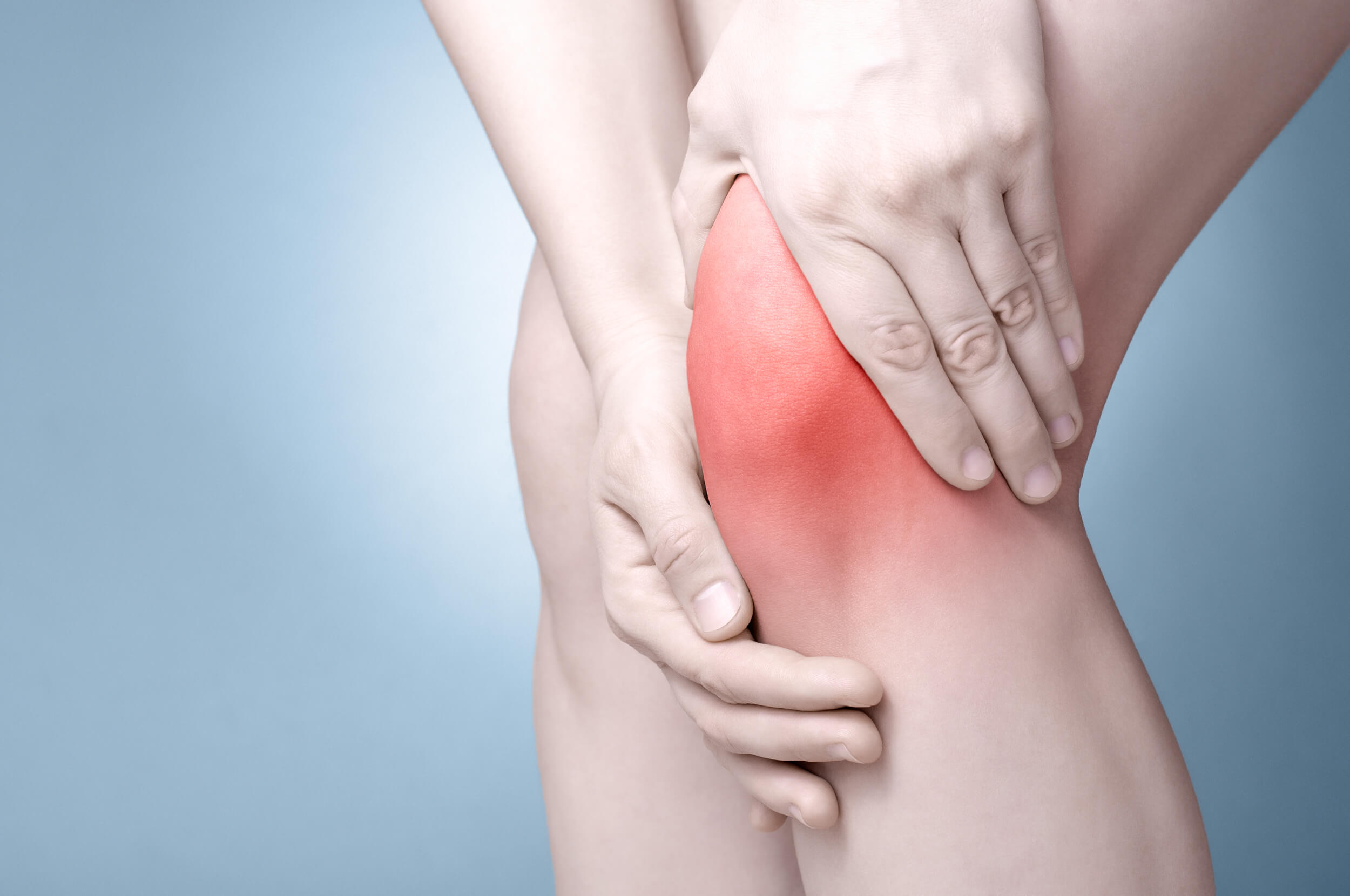The ovaries are part of the female reproductive system. Both sides of the uterus contain this organ. The ovaries of women produce eggs as well as estrogen and progesterone.
An ovary can develop a fluid-filled sac called a cyst. It is common for women to experience at least one cyst during their lifetime. Cysts are typically painless and do not cause any symptoms.

Cysts of the ovary can be classified into the following types:
Dermoid cysts and endometrioma cysts are two types of ovarian cysts. The most common type of cyst is a functional cyst.
A follicular cyst is:
An egg develops in a follicle during a woman’s menstrual cycle. Most of the time, this follicle or sac will break open and release the egg; however, if it does not open, the fluid inside will form a cyst on the ovary.
Cysts of the corpus luteum:
The follicular sac usually dissolves after the egg has been released, but if the sac is not dissolved and the follicle entrance is closed, excess fluid builds up inside the sac, causing a cyst called a corpus luteum cyst.
Among the other types of ovarian cysts are:
Dermoid cysts: Ovaries containing hair, fat, and other tissues in sac-like masses.
Cystadenoma: Growth on the outer surface of the ovaries that is not cancerous.
Endometrioma: Cysts result from tissue growing outside the uterus and attaching to the ovaries.
Women who suffer from polycystic ovary syndrome have many small cysts on their ovaries. Polycystic ovaries can cause infertility if left untreated.

Ovarian cyst symptoms: what are they?
Most ovarian cysts do not cause any symptoms, but some symptoms can appear as the cyst grows. Ovarian cysts may cause the following symptoms:
Bloating or swelling in the abdomen
Constipation that is painful
During or before menstruation, pelvic pain may occur
Intercourse that is painful
Back or thigh pain
Tenderness of the breast
Vomiting and nausea
There are a number of severe symptoms of an ovarian cyst that require immediate medical attention, including:
- Pelvic pain
- Fever
- Fainting or dizziness
- Fast breathing
Unmarried girls experience similar ovarian cyst symptoms to married women. All women experience ovarian cyst symptoms, regardless of their marital status.
Complications of ovarian cysts:
Most ovarian cysts are benign and will disappear on their own without treatment. When these cysts are present, they rarely cause any symptoms; however, a doctor may detect a cystic ovarian cancerous mass during a routine exam.
A rare complication of ovarian cysts is ovarian torsion. A large cyst can cause the ovary to rotate or move from its original position. If left untreated, this can cause damage or death to the ovary tissue if the blood supply to the ovary is cut off. In spite of its rarity, ovarian torsion accounts for approximately three percent of emergency surgery for women.
The rupture of a cyst, which is rare, can cause severe pain and internal bleeding. If left untreated, this complication increases the risk of infection and can even lead to death.
Ovarian cyst diagnosis and treatment:
An ovarian cyst can be detected during a routine pelvic exam. If your doctor notices a swelling in one of your ovaries, they may order tests and an ultrasound to determine whether you have a cyst. Ultrasound imaging uses high-frequency sound waves to produce images of internal organs.
Ovarian cysts can be diagnosed using the following imaging tools:
CT scan: a body imaging device that creates cross-sectional images of internal organs.
MRI: An imaging test that uses magnetic fields to produce deep images of internal organs.
An ultrasound device visualizes the ovary using ultrasound imaging. Your doctor may not immediately recommend a treatment plan since most cysts disappear after a few weeks or months.
To check your condition, they may repeat the ultrasound test in a few weeks or months.
Your doctor will order more tests if your symptoms do not improve or the cyst size increases.
Tests such as these include:
Make sure you are not pregnant by taking a pregnancy test.
Checking hormone levels for hormonal imbalances, such as too much estrogen or progesterone.
Screening for ovarian cancer with CA-125 blood test
Treatment for ovarian cysts:
Your doctor may recommend treatment to shrink or remove the cyst if it doesn’t go away on its own. The following treatments are available:
1. Pills that prevent pregnancy:
To prevent new ovarian cysts from forming, your doctor may prescribe oral contraceptives if you have recurrent ovarian cysts. The risk of ovarian cancer can also be reduced with oral contraceptives. Postmenopausal women are more likely to develop ovarian cancer.
2. laparoscopy:
A laparoscopic surgery may be performed if your cysts are small and imaging tests rule out cancer. A doctor performs this procedure by making a small incision near the navel. A small tool is then used to remove the cyst.
3. Laparotomy:
Your doctor can surgically remove a large cyst by making a large incision in your abdomen. The doctor usually performs an immediate biopsy, and if the cyst turns out to be cancerous, he may perform a hysterectomy to remove the ovaries and uterus.
Ovarian cyst prevention:
Although ovarian cysts cannot be prevented, routine gynecological exams can help your doctor detect them early. Cancerous ovarian cysts do not develop from benign cysts. The symptoms of ovarian cancer can, however, be similar to those of ovarian cysts. Therefore, you should consult your doctor and get a proper diagnosis. Symptoms that may indicate a problem include:
- Cycle changes during menstruation
- Pelvic pain that persists
- Appetite loss
- Loss of weight that is not reasonable
- Feelings of fullness in the stomach
Ovarian cysts: what are the long-term effects?
Premenopausal women shouldn’t worry about ovarian cysts. Within a few months, cysts usually disappear. Women with hormonal imbalances and postmenopausal women are more likely to develop recurrent ovarian cysts.
Untreated cysts can reduce fertility. This is common in polycystic ovary syndrome and endometrioma cysts. Fertility can be improved by removing or shrinking cysts. Functional cysts, cystadenoma, and dermoid cysts do not affect fertility.
Despite some doctors taking a “wait and see” approach to ovarian cysts, your doctor may recommend surgery to remove and examine any cysts or abnormal growths on the ovaries after menopause. After menopause, the risk of developing a cancerous cyst or ovarian cancer increases. The risk of ovarian cancer is not increased by ovarian cysts. If the cyst is larger than 5 cm in diameter, some doctors remove it.
Pregnancy and ovarian cysts:
The effect of ovarian cyst treatment on fertility is a common question among women. When pregnant or planning to become pregnant, can ovarian cysts cause problems?
There are some types of ovarian cysts that are associated with reduced fertility and others that are not. Cysts and endometriomas caused by polycystic ovary syndrome may reduce a woman’s ability to conceive. Functional cysts, dermoid cysts, and cystadenomas, however, do not cause problems getting pregnant unless they are large. Your doctor may prescribe treatment for you if an ovarian cyst is discovered during pregnancy, depending on the type or size of the cyst.
Ovarian cysts are caused by the following factors:
Ovarian cysts are usually not preventable, so you may have wondered why they occur. Ovarian cysts can be caused by the following factors. Cysts are caused by different types of factors.
Follicular and corpus luteum cysts can be caused by hormones and medications used to help people ovulate.
To maintain pregnancy conditions, the corpus luteum cyst secretes progesterone.
It usually regresses after the placenta takes over this function. The cyst may need to be surgically removed if it persists or grows larger.
Cysts can form as a result of infections in the ovaries and fallopian tubes.
Is it dangerous to have an ovarian cyst?
In women of childbearing age, ovarian cysts are common. It is possible for ovarian cysts to be caused by malfunctioning ovaries or ovarian tumors. Ovarian cysts caused by malfunctioning ovaries will disappear without treatment, but the pain may last for two to three months. The doctor may prescribe pain relievers or hormones to help reduce pain and discomfort.
There is no longer a stigma attached to ovarian cyst surgery and treatment. Ovarian cysts can be treated with laparoscopic surgery, which is a simple and efficient method. The surgeon inserts a 3 to 5 mm tube with a camera and tiny lens into the body through a small incision in the abdomen. Monitors receive images from cameras. A surgeon can view internal abnormalities clearly with this camera. A small tool is then used by the surgeon to remove the cyst.
In modern medicine, laparoscopic surgery allows for operations to be performed in very small and confined areas in a way that was previously impossible. As a result of this method, there is less pain, less blood loss, a faster recovery time, and a faster return to work.
Malignant ovarian cyst symptoms include:
Cysts are not classified as malignant or benign based on their symptoms. The cyst’s malignancy can only be determined by special tests prescribed by your doctor.
What are the risks associated with ovarian cysts?
It is possible for ovarian cysts to appear harmless at first glance. If left untreated, severe cysts can rupture and damage blood vessels, resulting in bleeding and death. In order to avoid serious problems associated with the disease, you should see your doctor before the cyst reaches this stage.
Women who want to have a child should treat an ovarian cyst as soon as possible if they have an ovarian cyst. If left untreated, an ovarian cyst can adversely affect fertility, depending on its type.
Even though ovarian cysts are not cancerous, they can still negatively affect your health. It is important not to panic if you are diagnosed with an ovarian cyst because it is completely treatable and usually has few or no complications.
Whenever you notice an abnormality in your menstrual cycle, consult a gynecologist to determine the cause and, if necessary, begin early treatment.
Ovarian cyst rupture symptoms include:
- Pain in the lower abdomen or back that occurs suddenly and severely
- Bleeding or spotting in the vaginal area
- Having flatulence
Medical attention is required if abdominal pain is accompanied by the following symptoms:
- Nausea and vomiting (may indicate ovarian torsion)
- The presence of a fever (which may indicate an infection)
- Bleeding from the vaginal area
- Dizziness or fainting
Continuous monitoring, medication, and surgery are all used to treat ruptured ovarian cysts. If someone experiences symptoms of a ruptured ovarian cyst, they check to see if the cyst is pregnancy-related or infectious. A doctor uses ultrasound to evaluate the cyst’s quality and how much it ruptures. Treatment for ovarian cysts depends on the diagnosis made by the doctor.










